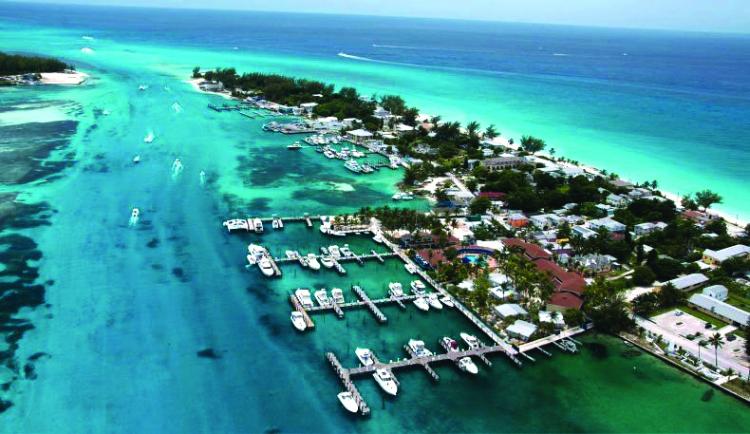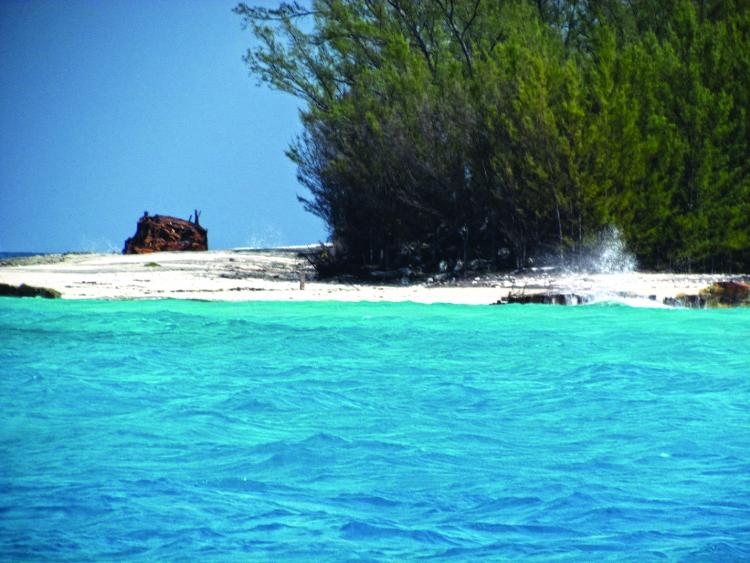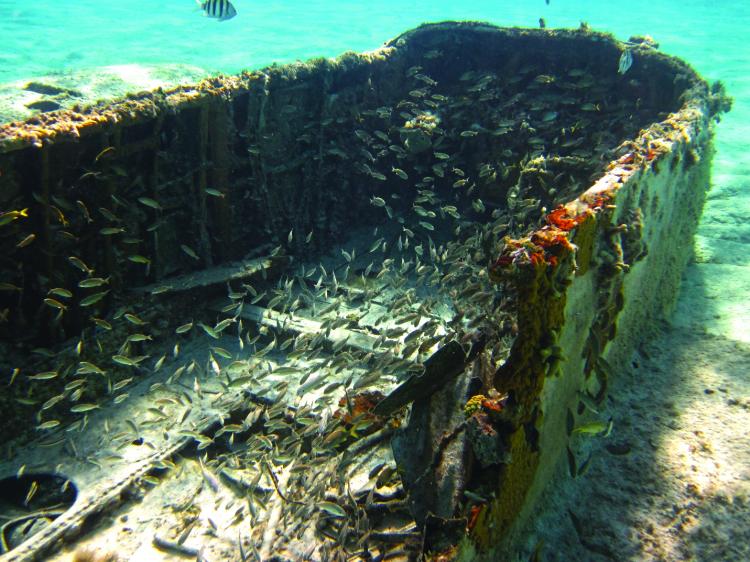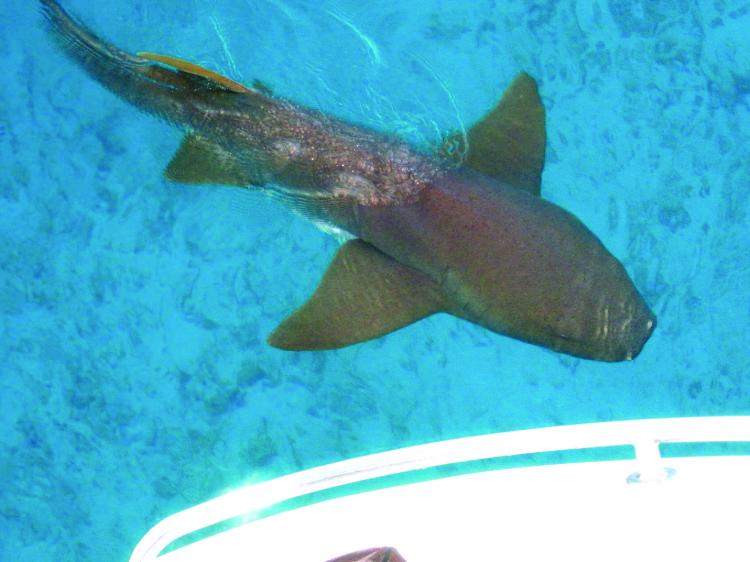Looking Back on a Charter Sail to Bimini
“You boys want to go to Bimini!” said the Ft. Lauderdale charter agent when we explained we wanted to sail to a tropical island. I had a fresh certificate from the San Francisco Sailing School but neither of us had any ocean experience at all. The agent sketched the layout of the Bimini Harbor entrance and took our charter deposit. I’d just graduated from college and my roommate Michael and I had chartered a Pearson 30 for the trip. We’d found three attractive student teachers on spring break to join us, and we headed off that Saturday night.

Both Michael and I had learned to sail in the San Francisco Bay where the wind funnels through the Golden Gate every summer afternoon, and if you don’t sail in small-craft advisories, you seldom sail. We quickly learned that not all small-craft advisories are created equal! With a wind prediction of a northerly at 25 knots, we started out a little after midnight, hugging the Florida coast to avoid the northerly current before heading out into the Gulf Stream at daybreak. We knew the Gulf Stream flowed north at up to five knots and had the navigational skill to compensate, but we were completely unprepared for the seas.

It was a glorious, warm, clear day as we headed east, and the seas began to build as we sailed off shore. We didn’t know what wind from the north blowing against a north-flowing current would do to the sea state. The seas continued to build the farther we went. The waves grew mountainous. The boat would dutifully climb up one side and slide down into the next trough. From our vantage point, the seas looked as high as the spreaders, and it was very exciting—after we came to terms with our terror.
We realized the boat was sailing nicely at five-plus. Micheal and I took turns at the tiller as the girls were all massively seasick. Eventually, the towering seas began to break occasionally. When a wave would break over the boat, the cockpit would instantly fill to the coaming; the boat would shudder and then soldier on. The water would drain out, and we’d sail on our way. After each dousing, we’d dry off in the sunshine. After a while, our clothes crackled with the drying salt. A true baptism by immersion.

I now fully understood the Bermuda triangle—without any supernatural aspect, this sea could easily swallow the boat whole, without a trace.
Our navigational equipment consisted of a compass, speed log, and a radio-direction finder. We may have had a chart, but our real navigational information was the pencil sketch from the charter agent. Well out of sight of land, it was gratifying when the RDF finally brought in Bimini’s radio tower at the expected bearing ahead confirming that our navigation had been correct, accounting for the offsetting current.
In the afternoon, with Bimini in sight, the wind and seas calmed down, and we motored on in. The girls recovered from their bouts of seasickness and began to enjoy the adventure.
Back then, there wasn’t a channel through the sand bar into the harbor, so we had to sail through a natural channel around the south end of the bar, which we located by lining up two sticks on the beach. Motoring up the channel between the sand bar and the island, we ran hard aground. After a little excitement, we realized we had no problem. With a 30-foot boat grounded in five feet of beautiful warm water, we simply jumped overboard, stood on the sandbar, and pushed the boat off.

Bimini has long been famous as a world-class sportfishing venue and was one of Ernest Hemingway’s favorite spots. On our visits to the Big Game restaurant, and the now burned-to-the-ground Compleat Angler Hotel, we met Joe Namath and other celebrities. It was also my introduction to Calypso music, which we sampled at several watering holes. There were a few cars on the island, but I only saw license plates with single and double digits.
Sometimes I wonder at some sailors who set out on a voyage totally unprepared. Then, I think back to my early 20s, my wonderful adventure to Bimini, and what a great time we had learning. This was my first trip into the ocean, and I simply accepted that it was always like that. Lucky me that I have never sailed in conditions like that since!
By Charlie Simon




